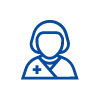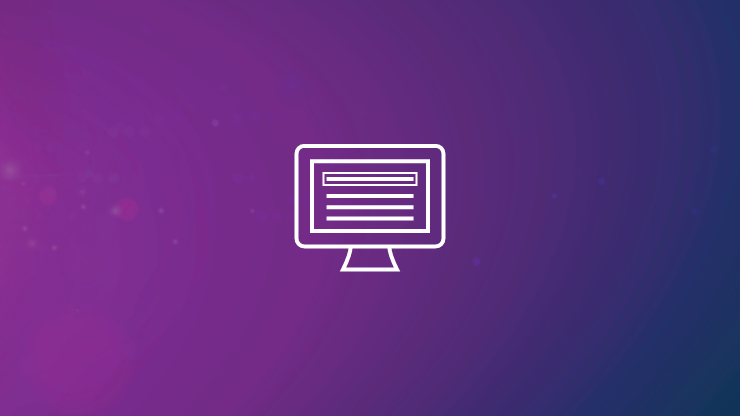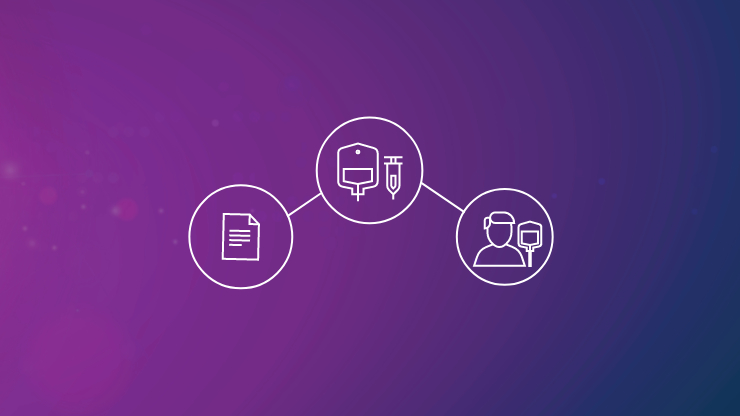Vision and challenges
For leaders of hospitals and clinics, delivering a safe, efficient, and compliant oncology service that optimises resources has always been a priority. These leaders share a vision of patients being able to access clinical expertise and highquality treatment plans with their cancer care. However, they face the challenge of rising patient numbers, which makes achieving this more difficult. The World Health Organization predicts that the number of new cases of cancer diagnosed every year around the world is set to increase by 69% by 2030 to 21 million.1Therefore, as well as looking to deliver highquality service to oncology patients, leaders must also look for ways to move more patients through the care pathway safely in order to meet the rising demands for care. But increasing throughput isn’t simply a question of adding ‘chairs’. Inefficient processes in oncology systems and bottlenecks along the pathway need to be identified and overcome.
The right oncology systems deliver high-quality cancer care
To be able to achieve a high-quality oncology service that can meet the demands of increasing patient numbers, there is a need to leverage the power of innovative, integrated technology. Technology that can support and enhance the work healthcare professionals do – the cancer care they provide – and track patient data across the entire care pathway from prescription to administration. Technology that can improve medication management, reduce the risk of errors along the patient care pathway, and reduce resource-intensive manual tasks.
Vision and challenges
Many hospitals rely on manual processes throughout the oncology care pathway. However, these are often prone to error and are time-consuming. For example, paper files and manual documentation can result in information being missing, incomplete, not up-to-date, or illegible. Manual checking of oncology system processes, such as volumes of drugs drawn up during compounding, can result in errors being missed, especially in busy departments where staff are already under pressure due to heavy workloads.
The use of technology to create paperless workflows and automate many of the manual processes can overcome these issues. BD Cato™ is an example of this technology. It is an automated* integrated software solution for chemotherapy that provides support throughout all stages of therapy from prescription through to administration.
BD Cato™ Prescribe** allows physicians to prescribe chemotherapy electronically using pre-set protocol templates, replacing handwritten prescriptions. Automatic dose calculations are performed, removing the risk of error from manual calculation errors. The electronic prescriptions are sent automatically to Pharmacy, reducing the risk of going missing or multiple prescriptions being in circulation, which can occur with paper prescriptions.
BD Cato™ Pharmacy combines with barcode scanners, cameras and gravimetric scales so that all stages of the compounding process are recorded electronically, removing the requirement for hand-written documentation. In-process checks are performed by the system, removing the requirement for manual checks.
BD Cato™ ReadyMed is a barcoded medication administration system that nurses use to fulfil the 5 rights of IV administration, removing the requirement for manual checks. It also performs immediate automatic documentation of the administration.
Measuring and tracking performance with oncology systems
With the right software and systems, such as BD Cato™, staff within each oncology department can benefit from better visibility across the patient pathway. This can support future decision-making by using data analytics to help understand and evaluate treatment. BD Cato™ interfaces with other hospital information systems to enable comprehensive tracking of patient performance.
BD Cato™ can also be used to analyse error rates, trending workloads and productivity of processes along the oncology pathway, the results of which can be used to implement improvements within the cancer care service. For example, BD Cato™ allows inventory management of medication within the pharmacy aseptic unit. Drug wastage over time can be assessed, and the pharmacy can amend their drug purchasing in conjunction with this, ensuring the most appropriate quantity and size of vials are being purchased.
















